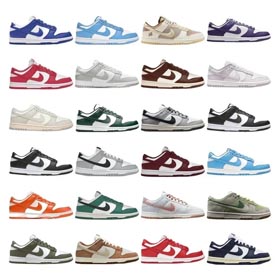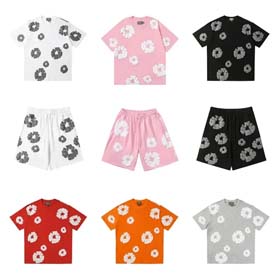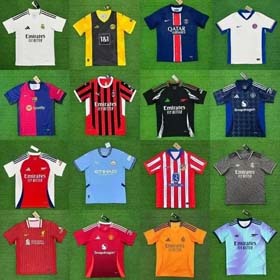Leveraging Shopping Spreadsheets to Optimize Pricing Strategies in Competitive Cross-Border E-Commerce
In today's hypercompetitive reverse purchasing market, platforms must adopt data-driven approaches to outperform rivals. Shopping spreadsheets emerge as a potent tool for systematic price benchmarking, cost analysis, and strategic pricing.
1. Competitive Price Benchmarking via Spreadsheets
Electronic spreadsheets enable reverse purchasing platforms to:
- Track competitors' price fluctuations in real-time through automated web scraping
- Visualize price positioning across multiple dimensions (geography, service tier, volume discounts)
- Identify pricing gaps through side-by-side comparison matrices
Platforms like Japan's 'Tenso Theme' reduced price-matching response time by 68% through dynamic spreadsheets that flag competitor promotions within 15 minutes.
2. Decoding Cost Structures Through Spreadsheet Modeling
Spreadsheet Cost Components Analysis:
| Cost Factor | Industry Average | Platform Data | Variance |
|---|---|---|---|
| Int'l Shipping | $22/kg | $18.50/kg | -16% |
| Payment Processing | 3.2% | 3.8% | +19% |
Such analysis revealed hidden cost inefficiencies, particularly in payment processing fees across Southeast Asian CPAs.
3. Implementing AI-Enhanced Dynamic Pricing
Forward-thinking platforms combine spreadsheets with:
- Machine learning models predicting optimal price elasticity
- Automated repricing triggers based on predefined market conditions
- Historical demand pattern analysis for seasonal adjustments
"Our spreadsheet-algorithm hybrid helped maintain 82% service quality scores while increasing gross margin by 5.3 points"—MeiYan Purchase (HK) Ltd.
Building Sustainable Competitive Advantage
By transforming raw spreadsheet data into actionable intelligence through:
Platforms can simultaneously reduce operational costs by 12-18% and improve market penetration by methodically outmaneuvering competitors' pricing strategies.



















